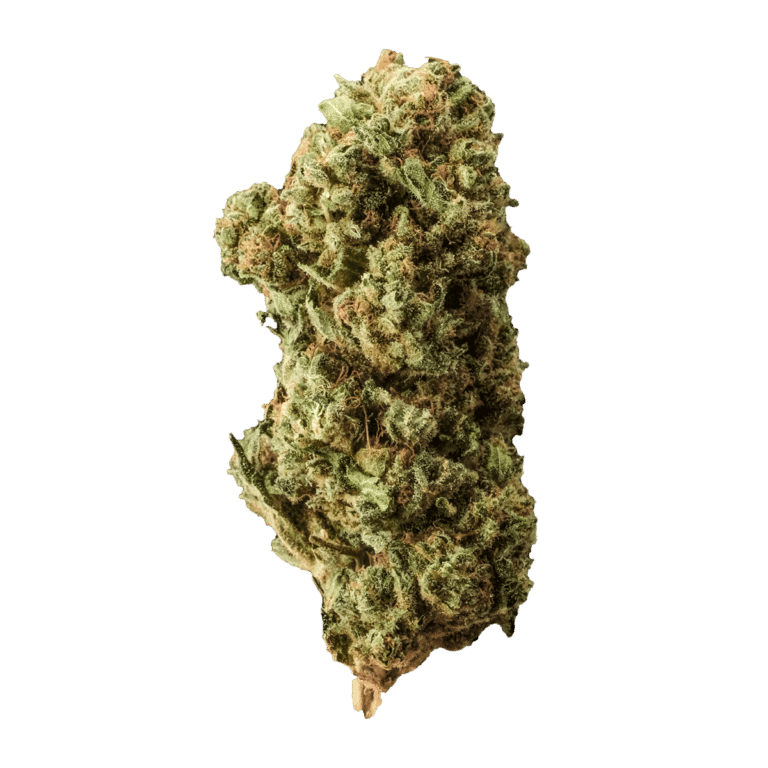INTRO:
Industrial hemp is a type of cannabis plant with high levels of cannabidiol (CBD) and low levels of tetrahydrocannabinol (THC). It is often grown for its fibers and oils, which are used to make paper, clothes, and other products. Growing industrial hemp can be a profitable venture, but it is important to understand the basics of hemp farming before getting started. This guide will provide an overview of the process, including the types of hemp available, the legal requirements for growing hemp, and tips for a successful harvest.
Growing Hemp for Commercial Purposes
Industrial hemp can be grown for a variety of purposes, from food to fiber to CBD oil. Most hemp growers choose to focus on one or two of these markets. For example, some growers may focus on producing high-CBD oil for medical use, while others may focus on growing hemp for fiber to produce textiles.
Before beginning a hemp farm, it is important to research the regulations in your area and obtain the necessary permits. In the United States, hemp production is regulated by the U.S. Department of Agriculture (USDA). Farmers must adhere to the USDA’s National Industrial Hemp Program regulations, which include licensing, testing, and reporting requirements.
Once the legal requirements are taken care of, it is important to choose the right variety of hemp for the desired crop. There are many types of hemp, and each type has different characteristics that make it more suitable for certain applications. For example, some varieties of hemp are better suited for producing CBD oil, while others are more suitable for fiber production.
Tips for a Successful Hemp Harvest
After selecting the right variety of hemp, growers need to prepare the soil and set up the crop. Hemp prefers nutrient-rich, well-draining soil, so soil testing and amendments may be necessary. In addition, proper irrigation is essential for a successful harvest. Hemp plants should be watered regularly and evenly to ensure a strong, healthy crop.
Pest and weed control are also important for a successful harvest. Hemp plants are susceptible to a variety of pests and diseases, so it is important to monitor the crop and take proactive measures to prevent infestations. In addition, weeds can compete with hemp plants for resources and reduce crop yields, so it is important to keep the area around the hemp plants weed-free.
Lastly, it is important to harvest the crop at the right time. Hemp plants reach maturity at different times depending on the variety, so it is important to monitor the plants for signs of ripeness. Once the plants have reached maturity, they should be harvested quickly and processed according to the desired application.
OUTRO:
Growing industrial hemp can be a lucrative venture, but it is important to understand the basics of hemp farming before getting started. This guide provides an overview of the process, from selecting the right variety of hemp to harvesting the crop. With the right preparation and understanding, hemp farmers can cultivate a successful harvest.

